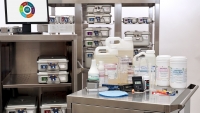We recently marked the one year anniversary of the declaration of the COVID-19 global pandemic, the time where many of us learned a new set of considerations for health and 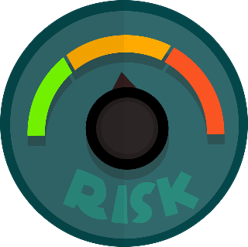 social interactions, along with a novel vocabulary to match. Whether you hit that socially distanced outdoor gathering or opt for a Zoom happy hour, our activities and behaviors are very different than those we knew before.
social interactions, along with a novel vocabulary to match. Whether you hit that socially distanced outdoor gathering or opt for a Zoom happy hour, our activities and behaviors are very different than those we knew before.
While we’re careful to maintain the vigilance required to prevent another resurgence, we now know more about the greatest exposure risks, based on new research data. Learn about the factors that increase risk and the scenarios you want to avoid until herd immunity is achieved, even if you have already been vaccinated.
Where we are now
According to the New York Times coronavirus tracker, cases are beginning to trend down in the US, back to levels seen last fall, though many are still ill, and deaths continue.
On March 15 |
14 day change | |
| New cases | 57,083 | -18% |
| New deaths | 751 | -32% |
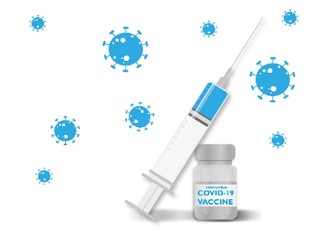
Millions more Americans can now get Covid-19 vaccines, including teachers, with 12% of the US population now fully vaccinated, and 21% of the population having received one dose. As noted by the CDC, those who are fully vaccinated should continue to take precautions when in public, with limited easing of protocols around other fully vaccinated individuals. Globally, more than 300 million doses have been given out in nearly 100 countries. This is stunning progress against a disease we hardly knew anything about only one year ago.
Indoor crowds
Though not entirely new information, the high risk of being indoors with a crowd is now supported by research. The spaces where people congregate, particularly crowded indoor spaces with poor ventilation—think restaurants, cafes and gyms—are transmission hotspots. These tend to be smaller, more densely occupied, and visited for longer, thus is one study, ten per cent of the locations accounted for 80% of predicted infections.
“Superspreading” events
 One study of the early transmission patterns in China showed 15% of infected individuals cause 80% of the spread. In another study of five superspreading events, the person most likely to have infected others was either mildly symptomatic or had not yet developed symptoms. This is a key similarity between the superspreading events. “Just because you feel well doesn’t mean that you’re not infected and potentially spreading,” noted the author.
One study of the early transmission patterns in China showed 15% of infected individuals cause 80% of the spread. In another study of five superspreading events, the person most likely to have infected others was either mildly symptomatic or had not yet developed symptoms. This is a key similarity between the superspreading events. “Just because you feel well doesn’t mean that you’re not infected and potentially spreading,” noted the author.
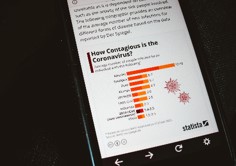
New variants
New variants of SARS-CoV-2 that first attracted attention in the United Kingdom, South Africa and Brazil could make superspreading worse. On the basis of a reported 50% higher transmission rate in a variant called B.1.1.7, there will likely be an increase in both the frequency and size of superspreading events. Models suggest that quickly identifying super-spreader events and notifying attendees can have an oversized effect on controlling transmission.
Until we reach herd immunity
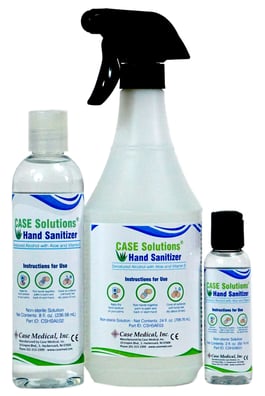 Until we have the protection granted by vaccination, by herd immunity, generally understood to be about 80% of the population having had Covid-19 and/or been vaccinated, we need to continue practicing safe behaviors.
Until we have the protection granted by vaccination, by herd immunity, generally understood to be about 80% of the population having had Covid-19 and/or been vaccinated, we need to continue practicing safe behaviors.
At Case Medical we manufacture products for infection prevention. While most of you are familiar with our SteriTite® universal sterilization containers, we also manufacture cleaning solutions, wipes, alcohol-based products for sanitizing and disinfection, and have lots of face shields available (at a deeply discounted rate!) for your needs. All these products, as well as our hand sanitizer, are manufactured right here in NJ, USA.
Case Solutions® Hand Sanitizer with Aloe and Vitamin E is readily available in 2 oz., 8 oz., and 24 oz. bottles. Masking, hand washing or hand sanitizer, and physical distancing are as important as ever. Be safe and stay well!



